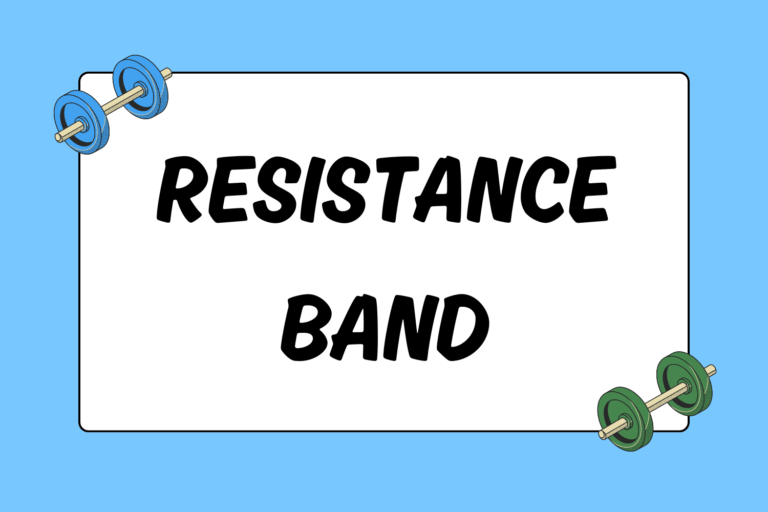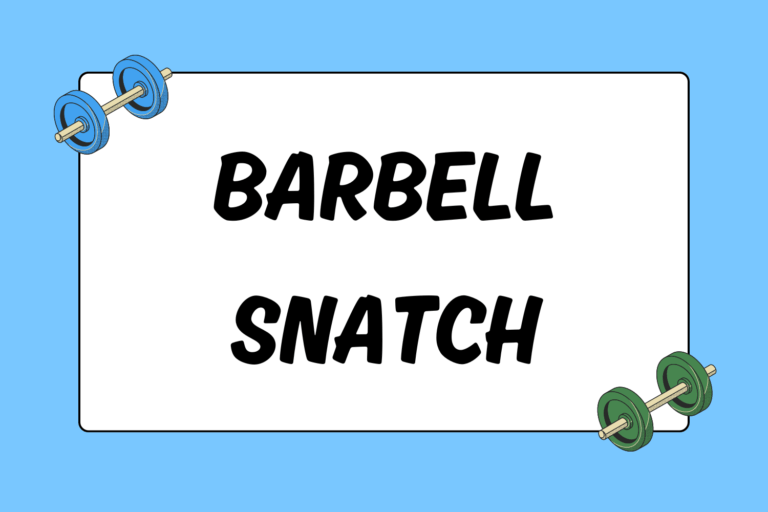The foam-rolling techniques outlined in this fitness guide teach you how to restore and maintain the quality of your soft tissues, while speeding up recovery between workouts. Proper tissue maintenance is a necessary step towards improving your fitness, and it also keeps you healthy.
Foam Rolling Explained
Conventional methods in fitness focus on either strengthening a muscle or stretching it. Foam rolling, also known as self-myofascial release, is an extremely popular and progressive approach to muscle strengthening and loosening.
Foam rolling doesn’t necessarily replace the work of a good massage therapist, but it can be a great way to maintain tissue health by keeping the muscles and fascia supple and pliable. It also increases blood-flow to the muscles, speeding up the recovery process.
Addressing tissue health is important because, if left unattended to, it could lead to misalignments in the joints that inhibit proper movement. Additionally, poor tissue quality is directly related to overuse injuries like IT Band friction syndrome, patellar tendonitis, and shoulder impingement.
Fun Fact:
Fascia is the connective tissue sheath that covers all the muscles in the body, connecting muscles to each other in a kinetic chain. To conceptualize what fascia looks like, take a look at a piece of steak: You’ll notice the silver skin, or film, that covers the meat itself — this is the fascia.
Choosing a Foam Roller
There are several different foam rollers to choose from, but a general rule of thumb goes in line with the old saying, “you get what you pay for.” Most foam rollers are between 20-40 dollars and can be purchased online or at most well-equipped sporting goods stores.
If you haven’t done any soft tissue work before, or you rarely participate in regular stretching exercises, start with a softer foam roller. The tighter you are, the more uncomfortable a hard foam roller will be. As your tissues become more pliable, you will want to get a stiffer foam roller. The best foam rollers have a foam cover and a hard plastic insert. Manufacturers also construct some variations out of hard polystyrene.
Establishing a Routine
Now that you’re familiar with foam-rolling benefits and designs, it’s time to go over the most common exercises. The following exercises target problem areas for most people. However, if a particular muscle or area of your body needs work, then address that area as well.
Calves
Tight calves can often be responsible for foot/ankle and knee pain, and they can also inhibit proper motion in movements like the squat.
IT Band
The iliotibial (IT) band is a thick fascial sheath that runs from the outside of the hip all the way to the outside of the knee. Runners normally experience IT band discomfort, which can lead to knee pain as well.
Adductors
Tight inner-thigh muscles can prevent stability on the outside of the hips and glutes. The gluteal group of muscles are essential for stabilizing the pelvis during single-leg activities like running, sprinting, and single-leg balancing exercises. Adductor tightness is also common for people with a “knock-knee” posture, which contributes to ACL injuries.
Piriformis/Glute Medius
Tightness in the hips is often related to poor mechanics in lower-body movements (like squatting and lunging), and it can inhibit proper alignment when running.
Lats/Teres Minor
Tight lats and teres minor muscles can prevent efficient shoulder movement during overhead motions (like throwing a baseball or shooting a basketball).
Thoracic Spine
Stress, sitting in a chair for a prolonged amount of time, and improper breathing patterns can cause tightness in the mid-back. Getting some extension in the thoracic back improves posture and breathing, and it can help you with overhead movements (i.e. squatting, throwing a baseball, or shooting a basketball).
Frequency, Repetitions, & Time
Spend between 15-20 seconds on each muscle group listed above. It’s important to use your instincts, as well. If you need a little more time to iron out a particular area, then do so. However, there is usually a point of diminishing returns after about 20 seconds.
If you encounter any soreness along the line of the muscle you are rolling, that is most likely a trigger point. Trigger points are thought to be places where waste products — accumulated from physical activity — have built up. This build up leads to a tender area in the muscle that could also cause referral pain in another area of the body. For example, a trigger point in the upper trapezius muscle could lead to tension headaches.
Place the foam roller over those trigger points, let it sit there for a few seconds, and gently roll back and forth over that spot about three to five times.
Hot Tip: Pizza Dough Technique
Pizza dough has a compound in it called gluten, which is a bread protein that provides a chewy consistency in the final product. Your muscles and fascia — also made of protein — share similar characteristics. In this regard, if you’ve ever tried to roll out pizza dough, you’ll know that if you go too fast over the dough with the bread roller, it won’t roll out. However, if you press down and slowly roll it out, the dough responds much better. Treat your body the same way with foam rolling by going slow. This method gives the tissues time to respond to the pressure.
Make it a Daily Habit
In regards to health and fitness practice, it’s often the little adjustments that add up to cumulatively make the difference. However, these little details often get neglected. Incorporate foam rolling for a few minutes before your workouts, prior to your warm-up, and on days that you are not working out. Remember to stay consistent with your routine, and focus on cumulative time when using the foam roller.





